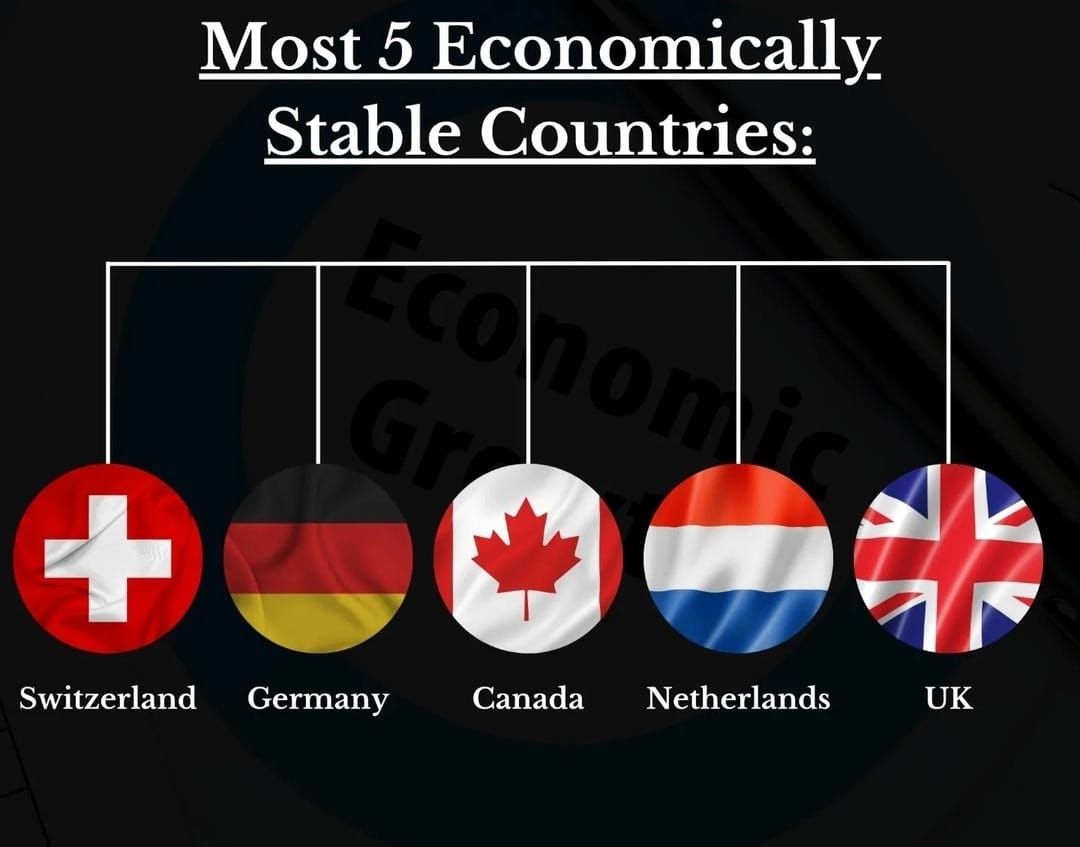The second-highest per capita GDP is found in Switzerland (USD 86,850 in 2020 based on IMF statistics).
The services sector contributes about 74% of the GDP in Switzerland, while industry accounts for 25%. Less than 1% of the economy is contributed by agriculture.
Switzerland’s top trading partner is the EU. 43% of Swiss exports go to EU nations, whereas 66% of Swiss imports come from the EU.
Over 99% of Swiss firms are small to medium-sized enterprises (SMEs) with fewer than 250 employees.
Switzerland invests more than CHF 22.5 billion annually on research and development (R&D), or around 3% of GDP. The majority of this sum—more than two thirds—comes from the business sector.
The high degree of innovation and strong export focus of the German economy are responsible for its competitiveness and global networking. High-selling industries including automobile manufacture, mechanical and plant engineering, the chemicals industry, and medical technology see well over half of their sales coming from exports.
After the USA, China, and Japan, Germany is regarded as having one of the most globally interconnected economies in the world and the top trade nation in the European Union. The country has a national focus on innovation and exporting to other countries, which many enterprises are adopting.
Furthermore, robust and diverse economy is one of the reasons why Canada is a prosperous country. Natural resources including gold, zinc, copper, and nickel, which are widely used around the world, are mined to a significant extent of its economy. Along with the United States, Canada is a significant player in the oil industry. In addition, the nation has a sizable real estate market and a sizable banking sector with numerous banks and other financial organisations. Some of the biggest mining corporations in the world call it home, and its three main industries are real estate, mining, and manufacturing. International trade contributes significantly to its GDP.
Whereas Dutch support for the EU’s coronavirus recovery fund was made possible by reductions in the Netherlands’ annual budget payments. The Netherlands, a major centre for transportation in Europe, has the fifth-largest economy in the EU, which is fueled by exports of electrical machinery, chemicals, and refined petroleum products as well as by a highly industrialised and lucrative agriculture industry.
Services, manufacturing, construction, and tourism all play major roles in the GDP of the United Kingdom.
Moreover, the free asset ratio is one of its special laws. With more than three-quarters of the GDP coming from this sector, the U.K.’s largest sector is services. Financial and business services, as well as consumer-oriented sectors including retail, food and beverage, and entertainment, all fall under the umbrella term “services” in the United Kingdom. Agriculture provides only around 0.60 percent of the GDP, with manufacturing and output making up less than 21%.
















